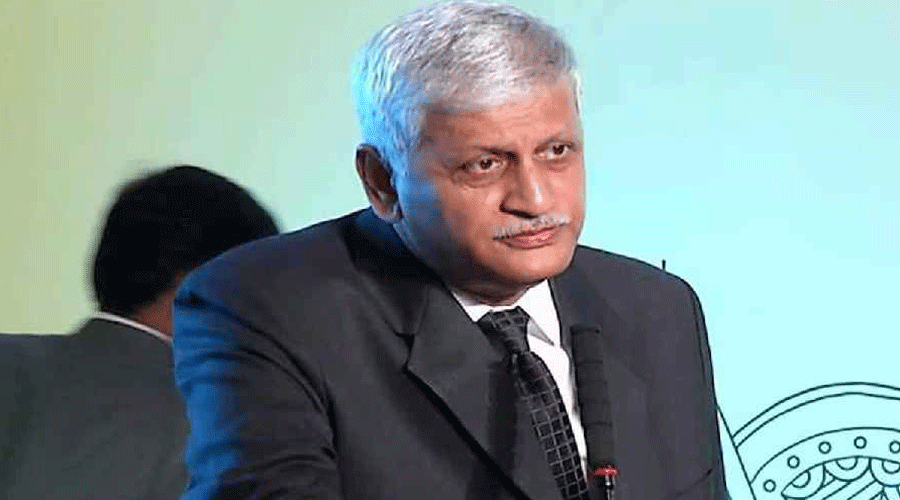Chief Justice of India U. U. Lalit’s ambition of appointing a raft of new judges to the Supreme Court has gone up in smoke – and now we know why.
In an unprecedented note, Lalit has laid out the reasons why he could not move to fill the crippling shortage of judges in the top court.
Lalit has succeeded in appointing one new judge – Chief Justice Dipankar Datta of the Bombay High Court -- but he was not able to push through the names of four more judges who he wanted to appoint.
Lalit, whose term ends in less than a month, had tried to push four prospective candidates through an exchange of emails instead of having an in-person meeting with the four other judges who make up the collegium.
In a note put up on the Supreme Court website, Lalit said D. Y. Chandrachud and Justice Abdul Nazeer objected to a note he sent around. There has been considerable speculation, in recent weeks, about the identity of the two judges who had objected to the written procedure.
The collegium, composed of the court’s top five judges, always meets in person to discuss the merits and demerits of various candidates proposed for the Supreme Court and the high courts.
At the collegium meeting on September 26, the names of 11 judges were suggested but only one, Justice Dipankar Datta, chief justice of the Bombay High Court, was agreed upon unanimously. There were divergences on the other 10 names proposed, Lalit said.
Says Lalit: “A demand was raised by some members of the Collegium that we should have more judgements of the other candidates. Therefore, the meeting was postponed to September 30. The meeting could not take place on September 30 because Chandrachud kept his court open till 9.15pm so he could hear all the listed cases.
When the meeting could not be held, Lalit sent around his note. He says: “….the postponed meeting of the collegium was convened on September 30 at 4.30pm. However, since one of the members (Hon. D. Y. Chandrachud) did not attend the meeting the CJI sent a proposal vide letter dated 30.9.2022 by way of circulation.”
The chief justice stresses that Chandrachud and Nazeer had not objected to the names suggested but only to the procedure. Lalit says they, “objected to the process of selection and appointing judges by circulation.” The two other judges, Sanjay Kishan Kaul and K. M. Joseph, did not object to the written procedure.
In previous years there have been several controversies about the way the collegium operates and the secrecy surrounding their meetings and the names discussed. There had been a suggestion at one stage that the minutes of the meetings should be made public and also reasons for appointing or not appointing certain judges. However, this did not happen as several senior judges pointed out that the names of people who were not selected might be tarnished if this procedure was followed.
Senior lawyer Indira Jaisingh praised Lalit's note, saying: "This is a welcome development. It makes for transparency in the functioning of the judiciary."
Lalit was also in a tearing hurry to push through the names because his 74-day tenure ends on November 8 and there are a huge number of holidays this month. Also, the government has now written to him asking him to propose the name of the next chief justice (Chandrachud is the most senior judge after Lalit). Once this letter is received, the tradition is that the outgoing chief justice cannot make new appointments.
The current chief justice has moved at high speed since he took over and has formed several constitution benches to hear long-pending cases. He has infused a breath of fresh air in the court’s functioning.











